High contrast photography is a powerful technique used to create dramatic and visually striking images by emphasizing the stark differences between light and dark areas within a photograph. This article explores the significance, techniques, artistic considerations, practical applications, and cultural impact of high contrast photography for audiences in the United States.

Understanding High Contrast Photography
Definition: High contrast photography refers to images that exhibit significant differences between the brightest highlights and darkest shadows. It often results in bold, dynamic compositions with enhanced clarity and emphasis on texture, shape, and form.
Key Elements: Achieving high contrast involves manipulating exposure, lighting, and post-processing techniques to amplify the difference between light and shadow areas. This technique can be applied to various genres of photography, including portraits, landscapes, architecture, and street photography.
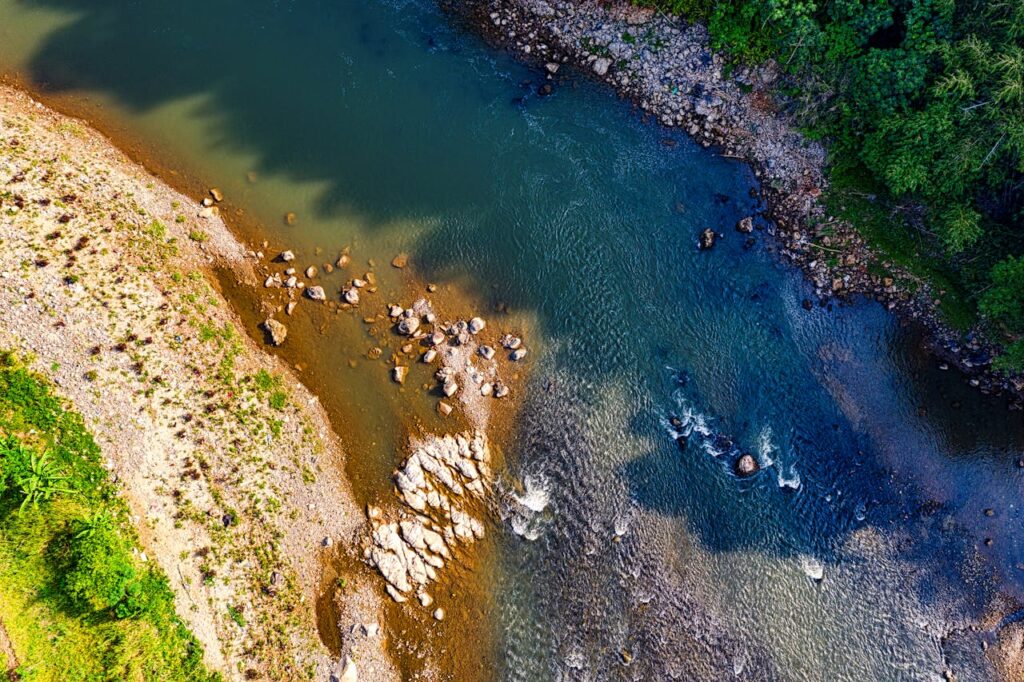
Techniques for Achieving High Contrast
Lighting: Strong directional lighting, such as sunlight or artificial light sources, creates distinct shadows and highlights. Backlighting and side lighting can accentuate textures and create depth, while controlling the intensity and angle of light enhances contrast.
Exposure Settings: Adjusting exposure settings, such as increasing contrast in-camera or shooting in manual mode to optimize exposure for highlights and shadows, helps maintain detail in both bright and dark areas.
Black and White Conversion: High contrast is often associated with black and white photography, where tones range from pure black to bright white. Post-processing techniques, such as adjusting levels, curves, and contrast sliders, enhance tonal separation and emphasize texture and detail.
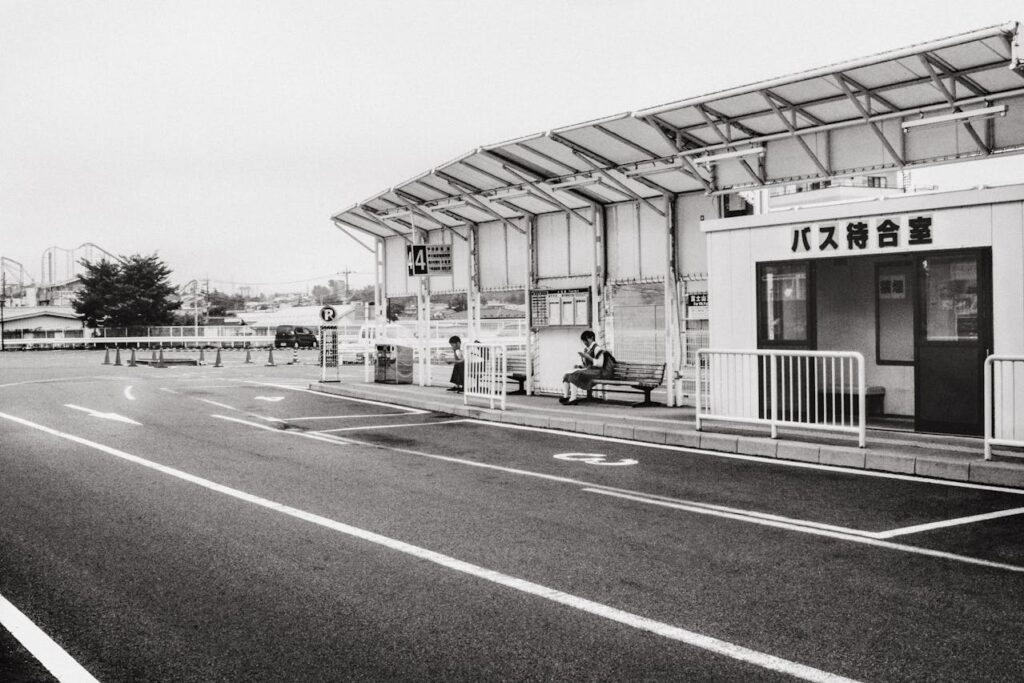
Artistic Considerations
Emotional Impact: High contrast photography can evoke strong emotions and convey a sense of drama, tension, or intensity. The stark juxtaposition of light and shadow enhances visual storytelling, drawing viewers’ attention to focal points and emphasizing mood or atmosphere.
Composition: Effective composition is crucial in high contrast photography to maintain balance and visual interest. Techniques such as leading lines, geometric shapes, and minimalism help guide the viewer’s eye through the image and enhance the impact of contrast.
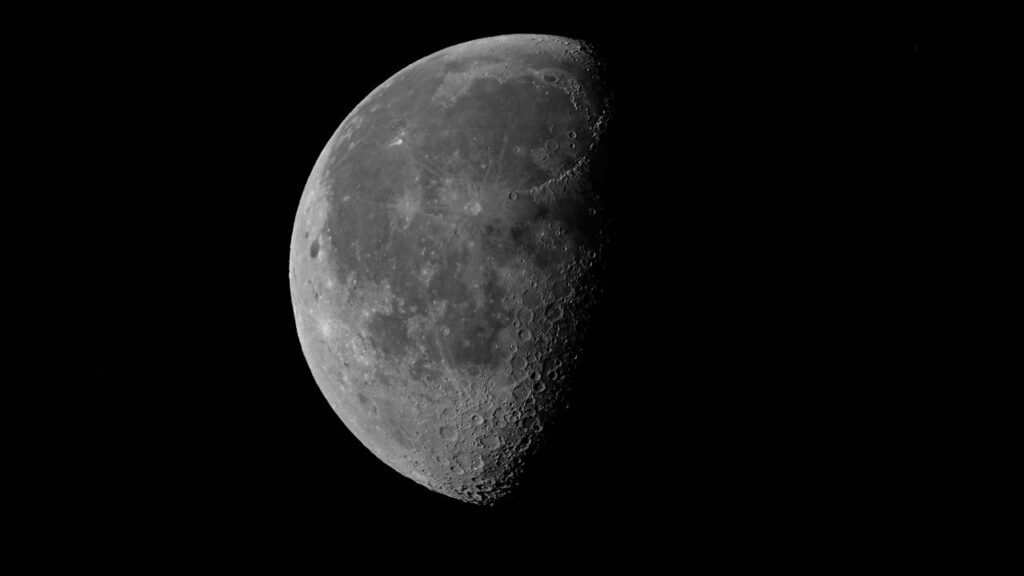
Practical Applications
Portraiture: High contrast techniques are used in portrait photography to highlight facial features, expressions, and character traits. Rembrandt lighting, characterized by strong shadows and illuminated highlights on one side of the face, enhances depth and contours.
Landscape and Architecture: In landscapes and architectural photography, high contrast emphasizes textures, shapes, and patterns in natural and man-made environments. Silhouettes against dramatic skies or shadows cast by architectural elements create dynamic compositions and visual interest.
Street Photography: Urban environments provide opportunities for capturing high contrast scenes with dynamic lighting conditions, reflections, and shadows cast by pedestrians, vehicles, and architectural features.
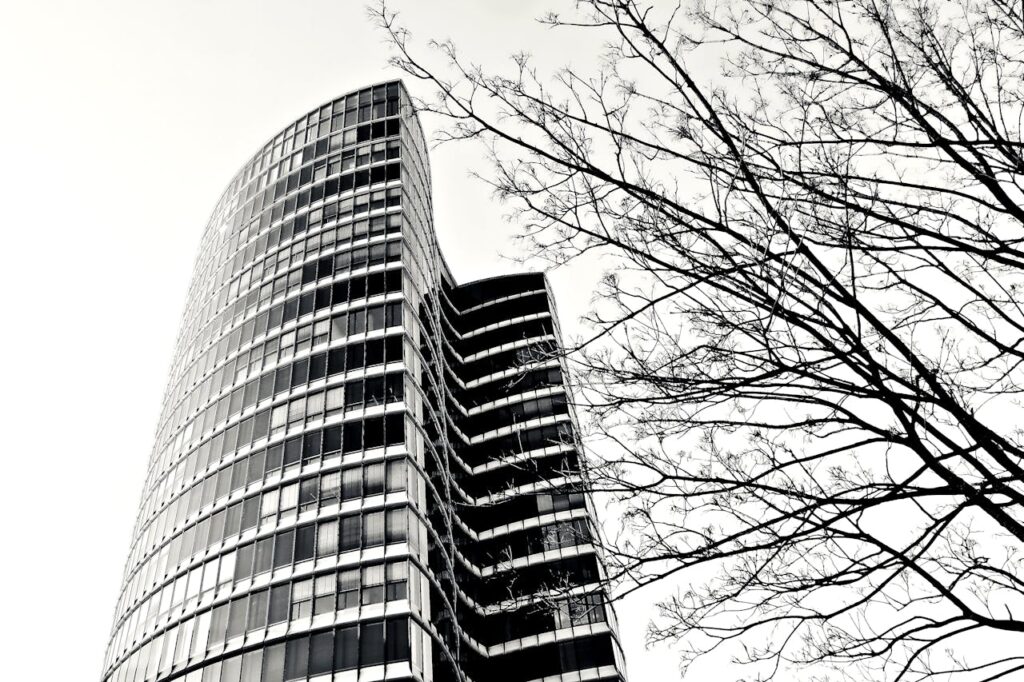
Cultural Impact and Trends
Visual Trends: High contrast photography is prevalent in contemporary visual media, including advertising campaigns, digital publications, and social media platforms. Its bold aesthetic attracts attention, enhances brand messaging, and aligns with current visual trends in the United States and globally.
Artistic Expression: Photographers use high contrast techniques to express individual style, creativity, and narrative perspectives. By experimenting with light, shadow, and tonal range, photographers can evoke mood, explore symbolism, and challenge conventional perceptions of reality.
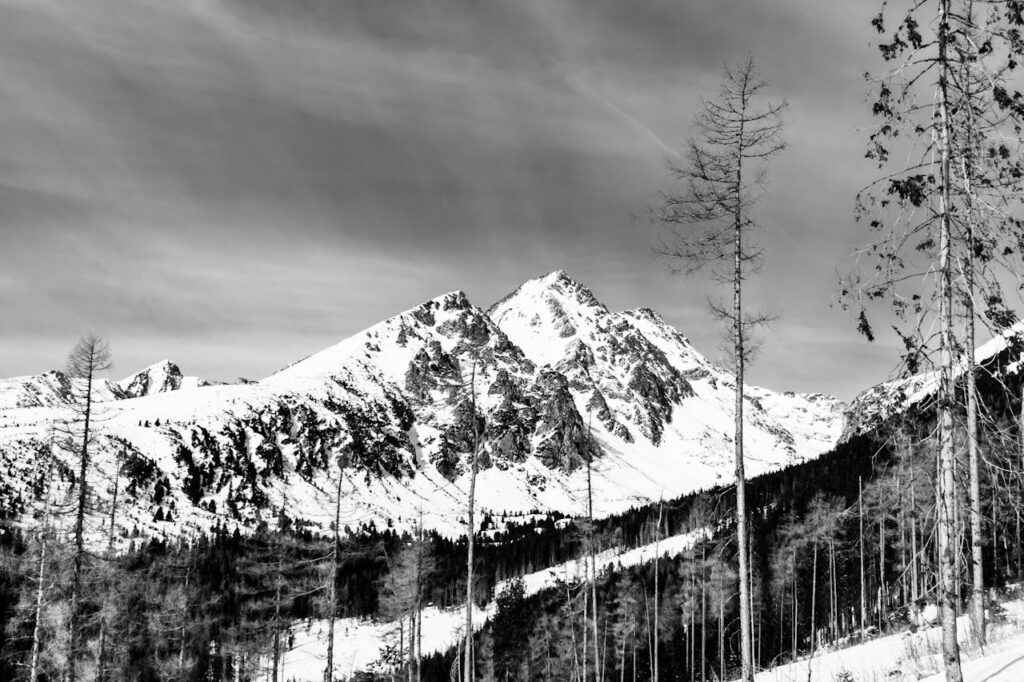
Conclusion
In conclusion, high contrast photography is a dynamic technique that enhances visual impact, drama, and storytelling in photographs. By mastering techniques in lighting, exposure, composition, and post-processing, photographers in the United States can leverage high contrast to create compelling images that resonate with viewers, provoke emotions, and communicate narratives with clarity and intensity.
From portrait and landscape photography to urban scenes and abstract compositions, high contrast techniques offer photographers versatile tools for exploring creativity, emphasizing visual dynamics, and capturing moments of visual intrigue and complexity. As artistic tastes evolve and technological advancements continue to shape photographic practices, high contrast photography remains a timeless and expressive medium for pushing creative boundaries and engaging audiences in meaningful visual experiences.
